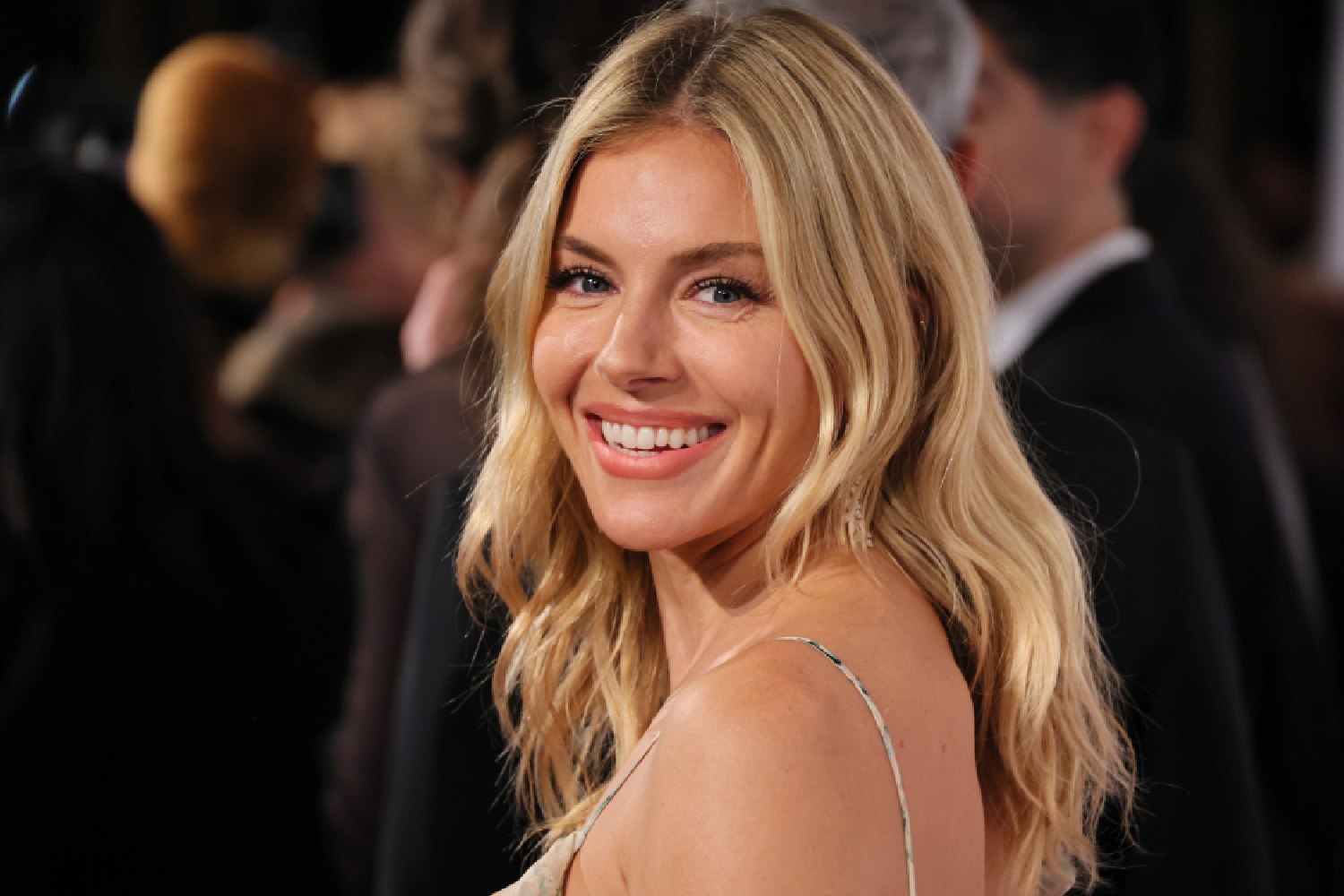Since founding Walk Free, an international human rights group working to eradicate all forms of modern slavery, I have recognised the innate vulnerability women and girls face with modern slavery and other forms of extreme exploitation.
However, I have also come to realise the true power of women and girls to problem solve, initiate community-led solutions, as well as reimagine and build long-term change.
The fight against modern slavery is about ensuring people have the most basic of human rights – freedom. This includes the freedom to control your own body, to refuse certain work or to stop working, and to decide when to marry and to whom. Protecting that freedom, particularly in women and girls, will transform our societies and economies for the better.
As a woman or girl, the odds are stacked against you from the moment you’re born until the end of your life. No matter the geographical location or context, crises exact their highest price from women and girls.
Too often, the rights of women and girls are the first thing to be taken off the table. We saw this throughout the Covid-19 pandemic. From front-line workers, to seamstresses throughout the world, to a new law proposed in Somalia that would allow girls as young as 10 to be married. For families facing severe poverty, marrying off their daughter means exchanging her for a dowry, an exchange far too many people are willing to make when times are tough.
Similarly in Ukraine, women continue to face much higher levels of food insecurity than men, with women often eating less and last as their basic nutritional needs are sidelined to cope with dire economic circumstances.
We have seen this recently in Afghanistan. Just 18 months after the Taliban re-entered Kabul, women’s hopes for education have been completely shattered. No woman is permitted to attend any educational institution, whether it be primary school or university. The sacrifice of women’s rights is embedded in global responses to crises in all contexts.

Despite constantly facing the most adverse effects of whatever the world throws at us, women continue to be at the forefront of global efforts that demand change. Covid-19 saw women’s jobs and incomes sacrificed, while their unpaid work and domestic duties skyrocketed. Further, the pandemic was a time of increased risks of violence, exploitation and abuse for women.
Making up 70 per cent of the healthcare workforce, women led the global response to the pandemic. It was women who were on the frontlines combating the virus.
After years of public outrage against the Islamic Republic of Iran, it was Mahsa Amini’s death in September that sparked the latest female-led revolution. The rally cries of “Women. Life. Freedom” echoed throughout the country and beyond. My Iranian-Kurdish friend Naz Almasi said to me, “These women are raising the next generation.
So when a revolution is led by women, you can only imagine what they’re expecting.” No matter the odds, when women fight, they fight for everyone around them. When you empower a woman, you also empower their communities.
Looking closely, these are isolated occurrences of women responding to a crisis. But when you take a step back, you can understand the web that links these individual experiences together. This is the global struggle for women’s liberation. Their cries for freedom surpass state borders, echoing those of their ancestors and foreshadowing those of the future.
I am forever moved by the power of women around me. I am in awe of their ability to persist in the face of any struggle, no matter what form it takes. It is their anger, their strength and their vulnerability that fuels me to fight for a better future for all women. As American writer Audre Lorde once said, “I am not free while any woman is unfree, even when her shackles are very different from my own.”
This story originally appeared in the march issue of Marie Claire Australia.









